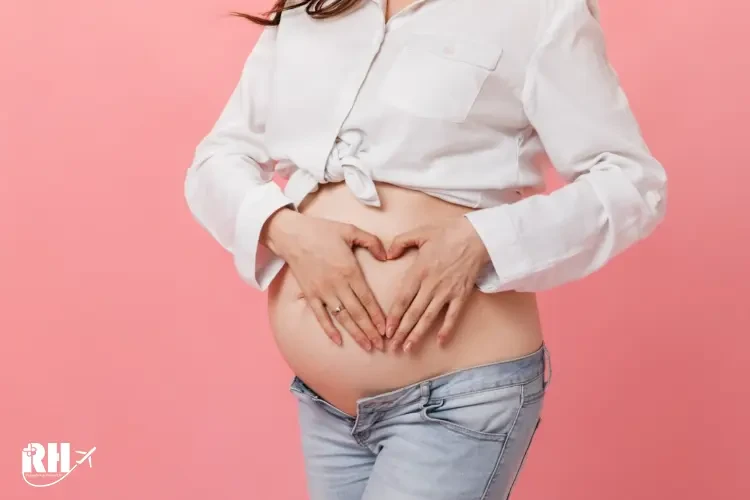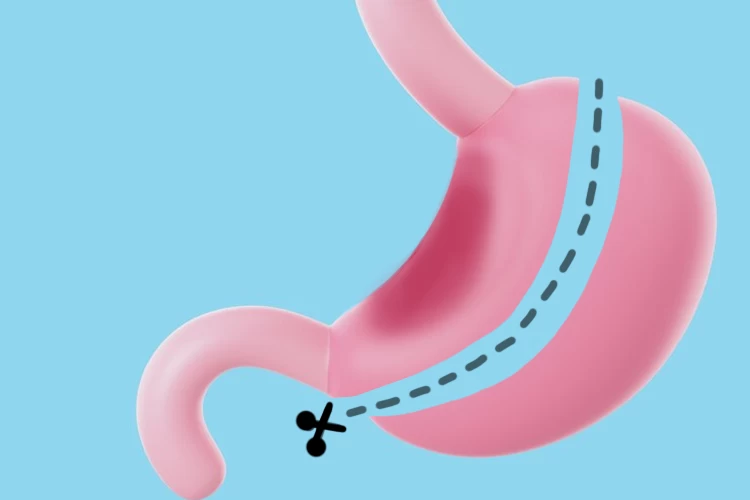The best countries for surrogacy may differ in laws, costs, and medical quality. The USA and Canada are known for advanced infertility clinics and legal protection, though costs are high and Canada only allows altruistic surrogacy. In Europe, Ukraine, Georgia, Greece, and Russia provide clear laws and affordable options. Iran is recognized as the most affordable and culturally accepted surrogacy destination in Asia, offering modern IVF clinics and strong legal guidelines. Jordan also appeals to married Muslim couples with low costs.
Surrogacy in Islam is a debated topic with different views among scholars. Most Shiite scholars allow it under certain rules, like using the couple's own sperm and egg and avoiding any forbidden contact. They also emphasize having a fair contract. In contrast, many Sunni scholars oppose surrogacy due to worries about confusion over family lineage and moral issues. Generally, Islamic law recognizes the biological parents as the legal parents, and the surrogate has no rights to the child.
Surrogacy laws in India have undergone significant changes in recent years. Once known for affordable options, India banned commercial surrogacy in 2022 due to ethical concerns and the exploitation of vulnerable women. Now, only altruistic surrogacy is allowed, which is limited to married Indian couples who cannot conceive naturally. The surrogate must be a close relative, married, between the ages of 25 and 35, and have had at least one successful pregnancy. Foreigners, single individuals, and same-sex couples are not eligible for surrogacy in India, and only medical and legal expenses can be covered.
Surrogacy in the United States is a widely used method for infertility treatment but comes with legal, financial, and ethical complexities. There is no nationwide surrogacy law, and rules vary from state to state—some states fully support surrogacy, while others ban it entirely. The surrogacy process involves working with agencies, legal contracts, and high medical costs, often ranging from $70,000 to $150,000, making it one of the most expensive options worldwide. In contrast, countries like Iran offer more affordable and legally structured surrogacy options.
Surrogacy laws are very different around the world. Some countries, like Iran, the United States, Ukraine, and India, allow surrogacy but have different rules. Other countries, such as France, Spain, Italy, Saudi Arabia, and the UAE, completely ban surrogacy due to religious or legal reasons. In the UK, surrogacy is allowed but only if it’s not for profit, and parents need court approval for their rights. Because of these differences, many people look for infertility treatment in Surrogacy legal countries for foreigners.
Dumping syndrome is a condition characterized by rapid gastric emptying, leading to a range of symptoms after eating, particularly following certain types of weight loss surgeries, including gastric sleeve surgery. There are two main types of dumping syndrome: early dumping, which occurs within 30 minutes after eating, and late dumping, which happens 1 to 3 hours post-meal. The condition is caused by the swift passage of food from the stomach into the small intestine, often exacerbated by high-sugar or high-fat meals. Patients who undergo gastric sleeve surgery are at an increased risk for developing dumping syndrome due to the altered anatomy and reduced stomach size. Symptoms may include nausea, vomiting, abdominal cramps, diarrhea, dizziness, and rapid heart rate. Management strategies for dumping syndrome typically involve dietary modifications, such as eating smaller, more frequent meals, avoiding sugars and simple carbohydrates, and incorporating high-protein foods. In some cases, medications may be prescribed to alleviate symptoms.
Gastric sleeve recovery involves a structured process that focuses on diet, healing, and adaptation to lifestyle changes. Initially, patients follow a specific gastric sleeve recovery diet, starting with clear liquids and gradually progressing to pureed and solid foods over several weeks. Recovery from gastric sleeve surgery typically takes 2-4 weeks, during which patients may face common challenges such as managing pain, adjusting to new eating habits, and experiencing emotional fluctuations. To ensure a successful recovery, it's essential to adhere to the prescribed dietary guidelines, stay hydrated, engage in light physical activity as advised, and attend follow-up appointments for monitoring progress.
Gastric sleeve surgery, also known as sleeve gastrectomy, is a bariatric procedure that involves removing a large portion of the stomach, creating a smaller, tube-shaped stomach. This restricts food intake, leading to weight loss. It's used to treat obesity and related conditions like type 2 diabetes, hypertension, and sleep apnea. The procedure is typically laparoscopic (minimally invasive), with patients experiencing several days of hospitalization and a recovery period involving dietary restrictions and lifestyle adjustments. Post-operative care includes regular follow-up appointments to monitor weight loss, nutritional status, and overall health. Gastric sleeve surgery typically results in a 60-70% reduction of excess body weight within 12-18 months. Individual results vary based on factors like adherence to post-operative guidelines and individual metabolism.
Dental veneers are thin, custom-made shells of porcelain or composite resin bonded to the front surfaces of teeth to improve their appearance. Selecting the right veneer color is crucial for a natural-looking result and involves a collaborative process between the patient and dentist. This process typically includes shade-matching using a shade guide, considering the patient's skin tone and existing teeth color, and potentially trying on temporary veneers to visualize the final result before the permanent placement. The goal is to achieve a color that complements the patient's complexion and blends seamlessly with adjacent teeth.
Dental veneers are thin shells bonded to the front surface of teeth to improve their appearance, correcting issues like discoloration, chips, gaps, or minor misalignment. While veneers don't inherently "ruin" teeth, the procedure requires minimal enamel removal, making teeth slightly more vulnerable to sensitivity and potential future damage if proper care isn't maintained. Veneers Pros include dramatically improved aesthetics and a relatively non-invasive process, but cons include potential sensitivity, cost, and the irreversible nature of enamel removal. Risks include chipping, deboning, and gum irritation.









